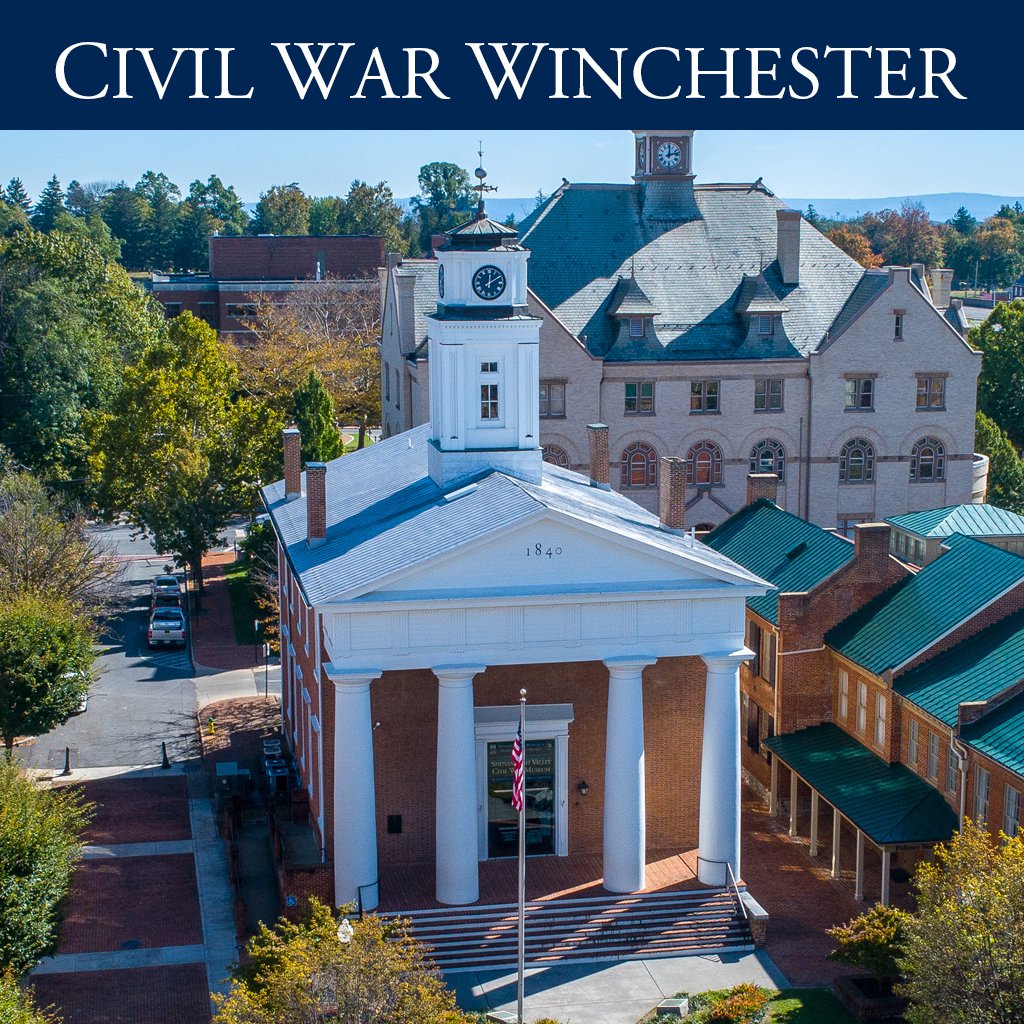
Second Winchester Battlefield
220 Acres Preserved
“We had to work our guns on our knees, the shell killing our horses and wounding our men... but we gave them as good as we sent.”
Earthworks at Star Fort
Fought in June of 1863, The Second Battle of Winchester was a stunning Confederate victory that cleared the Valley and allowed Robert E. Lee’s army to launch their invasion of the North that would lead to the Battle of Gettysburg. During the battle, Union Gen. Robert H. Milroy concentrated his greatly outnumbered forces into three large fortifications north and west of Winchester. One of these was Star Fort, an early Confederate defense heavily refortified by Milroy’s men after they occupied Winchester in January 1863.
Today, Star Fort has been preserved thanks to the efforts of civic leaders and battlefield preservationists and stands as one of the finest existing examples of a Civil War fort in the Shenandoah Valley. Visitors can still see the remains of the star-shaped earthworks, magazine pits, and artillery platforms. Several interpretive markers explain the significance of the fort and the role it played during the Second and Third Battle of Winchester.
Another property preserved by the Shenandoah Valley Battlefield’s Foundation is the site of the culmination of the battle. In the early morning hours of June 15, Milroy’s men attempted to make their retreat to Harpers Ferry but Confederate Gen. Richard S. Ewell had anticipated their move and had sent Gen. Edward “Allegheny” Johnson to block Milroy’s retreat along the Old Charlestown Road. The two forces met at Stephenson’s Depot just northeast of Winchester. After heavy fighting and failed Union attacks, the Confederates captured approximately 2,400 Federals.



